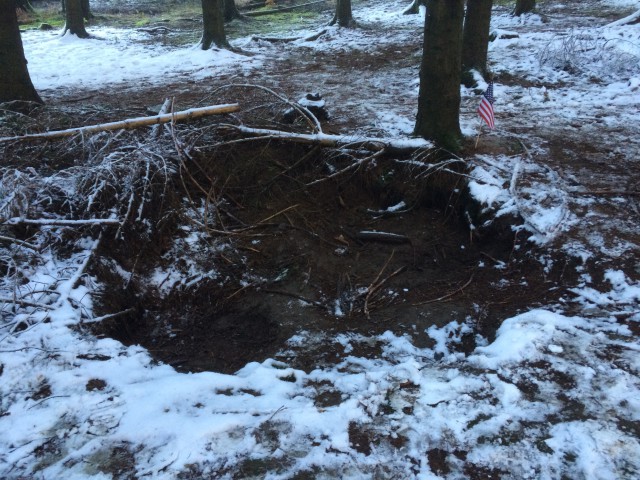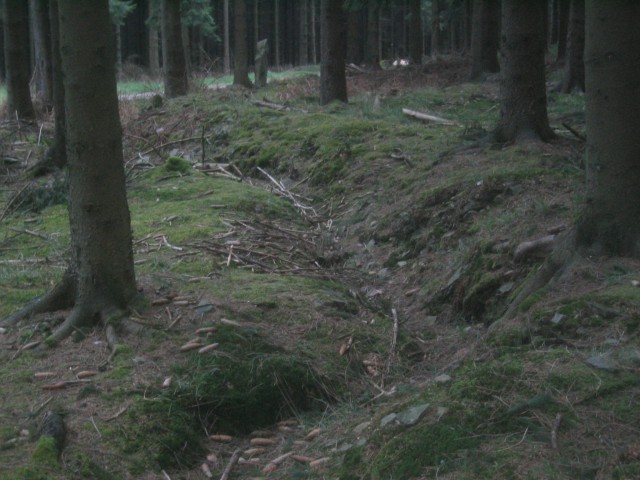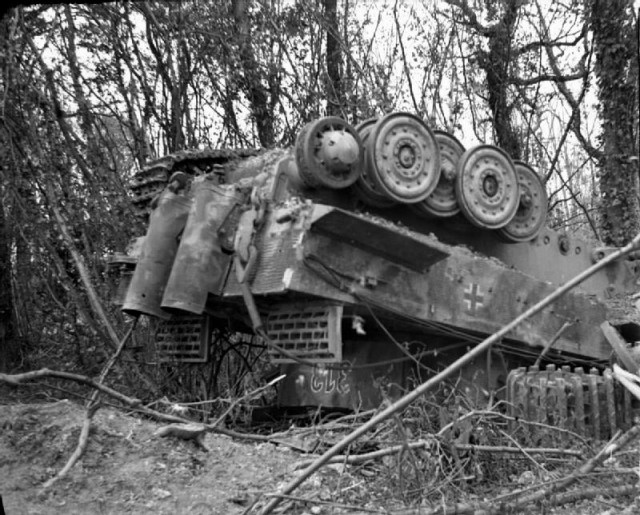
Researchers study various WWII battlefields in hopes of shedding light to the strategical support the German armies had during the war and the effects the Allied bombings brought to them — subjects that have not been looked at well until now.
These researchers go through the deep forests of northwestern Europe where traces of the battles that ensued during WWII are still prevalent. In these forests’ landscapes, troves of trenches, bomb craters and even supply depots remains can still be seen.
Geoarchaeologist David Passmore, who also is a lecturer at the University of Toronto, heads the said study. Passmore’s specialty lies in conflict archaeology which is the study of battlefields and conflicts within human societies.
According to Passmore in an interview with Live Science, a scientific news portal, while WWII history is largely documented, investigation on the said war’s archaeology is still in its infancy.
Battle Scars in the Forest
And while coastal fortifications, the large battlefields and even the D-Day landings have been widely investigated, Passmore said that documentations on the forests of Europe in connection to WWII are scarce.
He said that he and his team soon realized that very little formal study have been conducted on the WWII battlefields found within the forest terrains.

This is why Passmore and his colleagues started their investigation — an archaeological look at the important WWII battlefields from the time between June of 1944 to February of 1945 more particularly on the areas around northwestern France. These places also include Belgium’s Ardennes Forests, Germany’s Hürtgenwald and Reichswald forests as well as Luxembourg, and the woodlands located around the Arnhem region of the Netherlands.
The Study
Passmore’s team made field walks taking into account the information they gathered from internet searches, WWII heritage guidebooks and academic researches. In the field, the investigators were able to discover evidence of bomb craters, foxholes, trenches and even German logistics depots.
Passmore stated that these battlefields hold a great deal of information when it comes to illuminating war diaries and battlefield history accounts. What’s more, they can also give a more accurate impression on where and how exactly the troops fought.
Germans’ Secret Logistics during the Normandy Invasion
Through studying the logistics depots they found, Passmore and his team were able to have a clearer picture of exactly where and how the Germans entrenched their armies’ support network right before the Allies invaded Normandy. Furthermore, the depots also gave clues as to how the former developed these supports when the Allies invaded and how they were overrun.
Their findings raised their interest on how the Allies knew about these depots and how they proceeded on attacking these with bombing campaigns. By doing so, they will be able to determine how successful the Allies’ bombing campaigns were.
But beyond the scientific merits of these battlefields, Passmore admitted that being in these sites were very moving. Standing beside foxholes and bomb craters, he said, one couldn’t help but imagine how the soldiers involved in the war stood on highly stressful environments. Passmore added that documnenting these battlefields are very important as geographically, terrains change and there is a big chance these areas will be lost in the future.
The findings of the study he and his team conducted were published in an issue of Antiquity last month.

